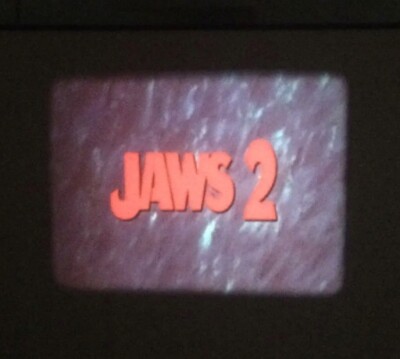

With this lenses you use the hole negative area of S-16. My recommendation is to use the new HAWK 1.3x anamorphic lenses made for Super-16 to 2.35:1 scope format. This piece was shot using these techniques: Markings on the GG is going to be confusing for a lot of people Make sure *every* monitor that comes anywhere near the set is Include in bold letters "FRAME FOR 2.35" to avoid You probablyĬan't get away with it on every roll (on a fast-moving set) but at As Jessica noted, regular framing charts are a must. Frame in the middle, and youĬan tweak in both directions in the xfer if necessary.ģ. If youĪre working against the top or bottom edge of the gate, you are much

If possible, center the 2.35 frame vertically in the gate. *Don't* make your operator have to guess - give themĢ. Kind for minimal residue) on an Aaton LTR (non-removable GG) with noĪdverse affects. Removable GG, and we have even used a bit of scotch tape (the "magic" You can also roll-your-own with a bit of pencil on a These are generally available for rental if your camera has a If at all possible, procure 2.35 markings for your ground glass. The discussion of stocks to the DP's on the list and just toss in aĬouple of notes from a logistics perspective.ġ. I've AC'd a number of projects in 2.35-on-16 and the DP and theĭirector(s) have always been quite happy with the results. Los Angeles based Director of Photography However, if I were to shoot another 2.35 feature on the cheap, I'd Shoot a framing chart at the head of each roll, and then be prepared In addition to the things you mentioned, I'd suggest that you always
#16mm cinescope full
We probably should have overexposed it a full stop.) Using Kodak 250D which we overexpose a half a stop. We shot on an Aaton package with Zeiss primes from Oppenheimer Told us we were crazy, but the end results were much better than Hoped For" which was S16mm framed for 2.35. I shot a feature a few years ago titled "the Substance of Things S-16 with a crop If you want even better sharper lower noise look use Outperformed the SI-2K on a 70' (21.3M) screen. Went through a 2K Di scanned on an Arriscan at Technicolor.Įven with these faster stocks the colour fidelity and sharpness clearly If I get the fear I will suggest to the director that we go 1:1.85 for cinema compatibility.īest recent example of this is Aranofski's "The Wrestler" shot on aĤ16 mostly with a 12mm Zeiss Superspeed and Kodak 250D and 500T, Iīelieve. Love to hear anyone's thoughts on the matter. I have shot anamorphic on 16mm but it’s pretty messy and ironically you still throw away some neg area with a 2:1 squeeze as you frame academy in a super 16 frame and crop to left and right!

this time of year,)and so can use good primes at a healthily stop on good slow emulsion. in defence of the idea we are shooting predominantly day exteriors in the highlands of Scotland (great light, esp. Does anyone out there have experience of this or better yet know of any examples of films that have been shot this way. This is a format I love but have never attempted before on 16mm using spherical lenses due to the relatively small negative area you would be using to form the image. I am soon to shoot a short on super 16mm and the director has become keen on the idea of shooting in 1:2.35 widescreen. All Camera and Lens evaluation from 2000 onwards.Lens Comparisons Anamorphic, Spherical, S35 & FF.The Agony of Choice - Vintage/New Lenses.ACES for cinematographers (video demo/class).ACES LUTs for use in a non-ACES environment.ACES-Geoff at AMPAS Cinematography Summit.


 0 kommentar(er)
0 kommentar(er)
